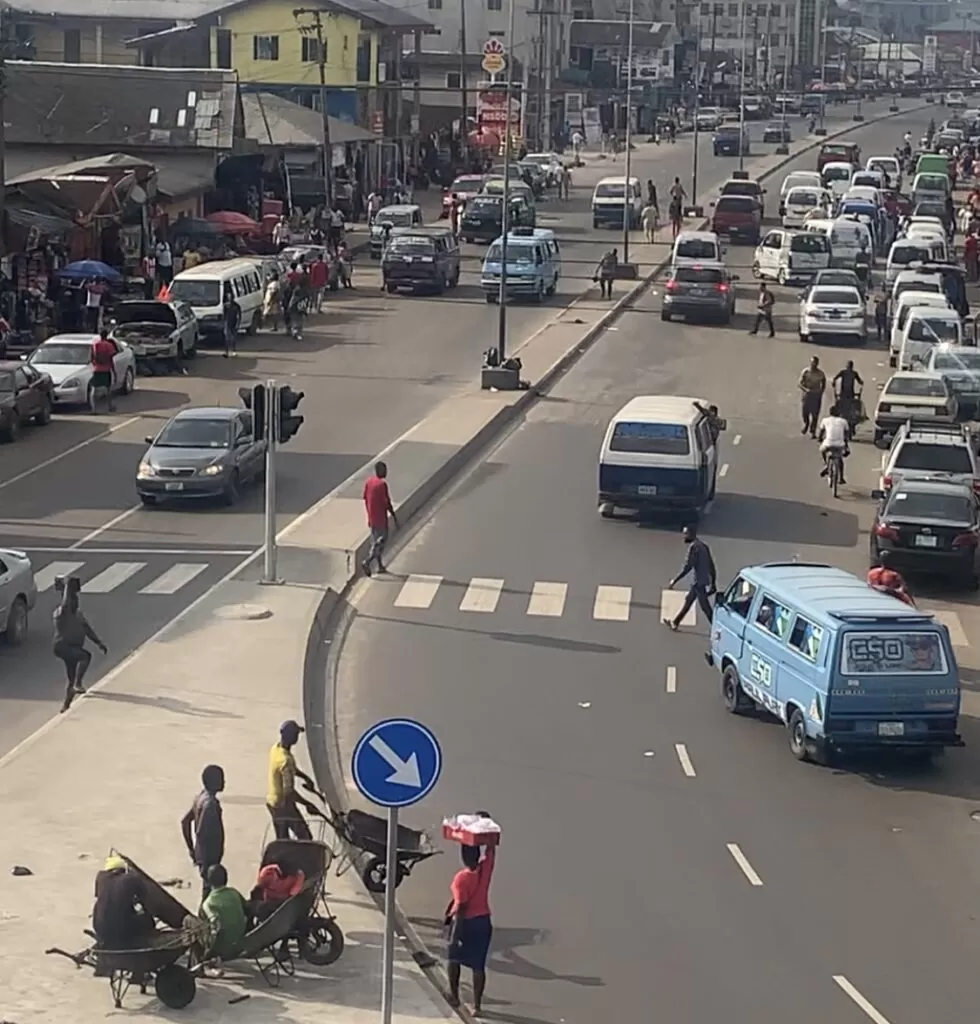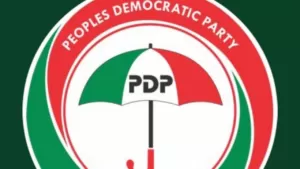Revive & Reclaim

Pitakwa Talk Your Own : Using Indigenous Language to Revive & Reclaim Indigenous Culture

Today there is a wide widespread recognition that the world is facing a catastrophic loss of linguistic diversity. As a result of colonization and globalization, many indigenous language are disappearing at an alarming rate: at least one language disappears about every 2 weeks. even for those who have survived centuries of colonization and exploitation, many indigenous languages now faces new threats, residential school policies , stigma about speaking native languages (especially for young people), digital connectivity (which often force speakers to chose between their home language or English)
The status of indigenous languages varies significantly, however. Languages with the most speakers tend to be least endangered while less-spoken ones tend to be more threatened than those spoken by many people. Skilled teachers can help keep them strong by encouraging children to speak their native tongues and passing along skills that were traditionally used in learning such languages as well as providing opportunities for storytelling, poetry recitation and other forms of cultural expression.
The efforts to restore indigenous languages are global in scope with some countries investing heavily in programs designed specifically for this purpose while others have taken a more grassroots approach—one where volunteers come together with an interest in preserving their own native tongues through activities like creating dictionaries or writing grammars based solely on what they know about how these words sound when pronounced correctly (and incorrectly).
Indigenous languages are a crucial part of indigenous culture and identity.
Indigenous languages are a crucial part of indigenous culture and identity. They’re not just used for communicating with your family and friends, but also for preserving history, recording history, passing down knowledge and wisdom—and connecting with the past.
In this section you’ll learn about how Indigenous language can be used to revive & reclaim indigenous culture by:
Preserving our languages through education programs;
Using traditional storytelling techniques in classrooms;
The status of indigenous languages varies significantly.
The status of indigenous languages varies significantly. There are many endangered languages, including:
Algonquian, which includes Cree and Ojibwe
Salishan, which includes Coast Salish (or Straits), Northern Straits (or Secwepemc), Southern Straits and Kwakiutl; also known as Kwikute or Kwakumutl in Canada
Athabaskan languages include Navajo and Apache
Languages with the most speakers tend to be least endangered.
The more people speak a language, the less likely it is that those people will be willing to learn another. This is true even if those who speak the language are all in one place at one time. If you have an entire country where everyone speaks English and you want them to learn French instead, why would they bother? They won’t!
Skilled teachers are key to keeping languages strong.
It’s important to understand that some languages have more than one dialect. A teacher who speaks only one dialect is not able to communicate with other people who speak different dialects.
Teachers must be trained in the language and its dialects, as well as the culture of your community. They should also have knowledge about teaching methods, so they can help students learn effectively and pass this knowledge on to others within their own community or beyond it.
The efforts to restore indigenous languages are global in scope.
The efforts to restore indigenous languages are global in scope. There are many countries and languages, including the Pacific islands of Kiribati, Papua New Guinea and Solomon Islands; Australia; Canada; Chile; Ecuador (the largest indigenous community outside South America); Mexico; Brazil and Paraguay—to name just a few.
There is a lot of work to do before these languages can be used by their speakers again. In some cases, this work includes translation into English or Spanish so that non-native speakers can understand what they say or write in their native tongue (as opposed to just translating it into another language). Other times it involves reviving old traditions through storytelling that uses songs or dances rooted in those original languages—or even creating new ones altogether!
There’s strength in numbers but there also must be effort and planning.
The success of an Indigenous language revival depends on having the right people on board. It’s not enough to just have an idea and hope for the best; you need to make sure that everyone is committed, including yourself as a leader.
The first step in developing a plan for revitalizing your indigenous language is making sure you have all of your resources at hand—this means acquiring both physical tools such as dictionaries and learning materials as well as digital ones like software or online courses that can help you learn new words faster than ever before. You’ll also want plenty of time set aside each day (or week) so that no matter what happens during those hours spent learning new words or phrases, there will be no distractions from them when it comes time for bedtime!
Conclusion
The efforts to restore indigenous languages are global in scope. If you’re interested in learning more about Indigenous Languages, we recommend checking out the Lummi language school and community center
And the general assimilation into wider society. The result is that today fewer than 50% of first Nations individuals can speak their own language.
According to UNESCO, approximately half of the world’s 6,000+ known languages will disappear by the end of this century.
This alarming trend has led to many indigenous organizations putting increased emphasis on reviving and reclaiming indigenous culture through the usage of ancestral languages.
Unless we take action now, many of this irreplaceable languages may disappear forever.
This is a popular talk show, Pitakwa Talk Your Own. Language matters, tell us what you think about this, drop a comment below lets have a conversation.
Climate

Stay Safe





